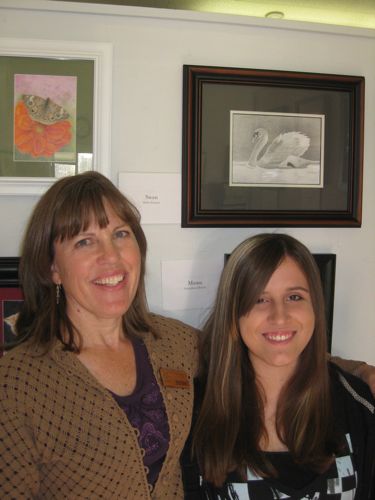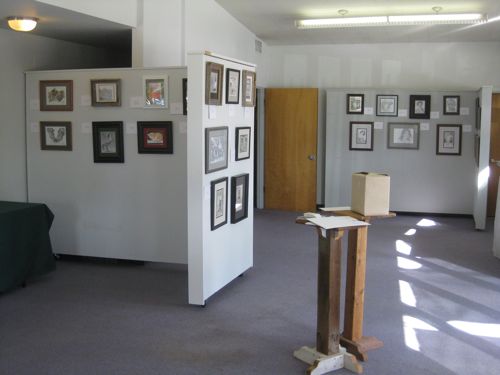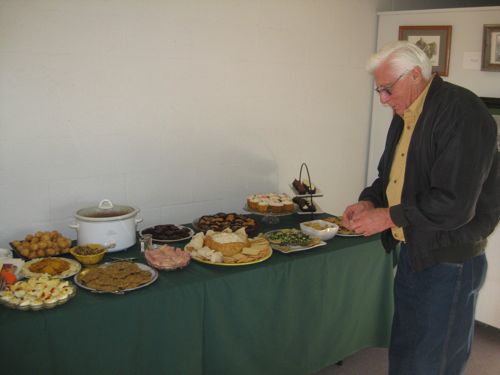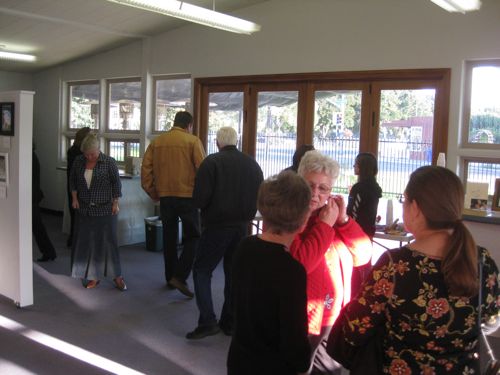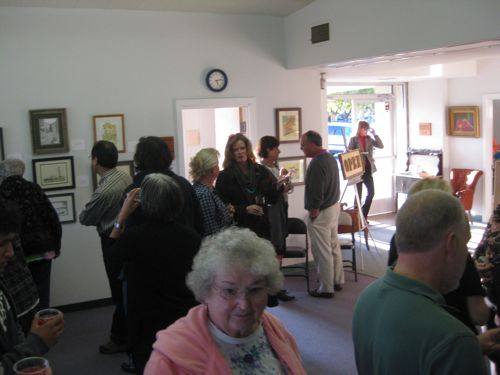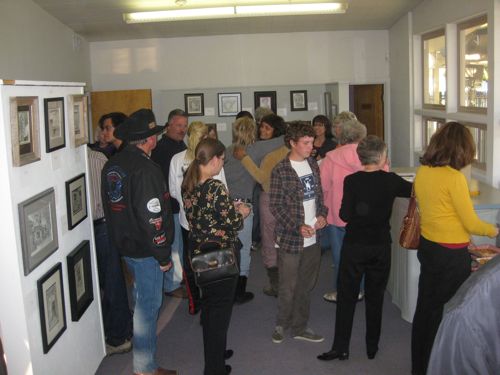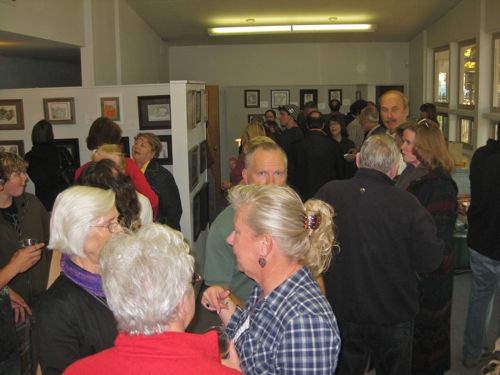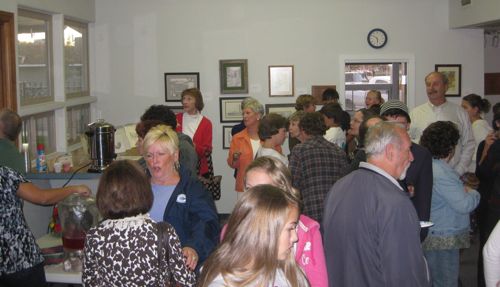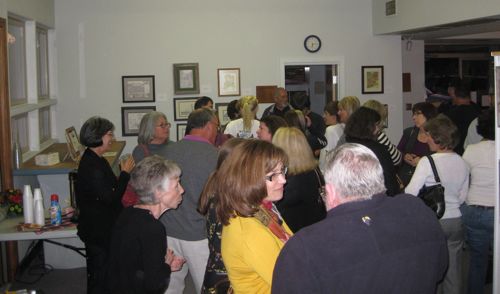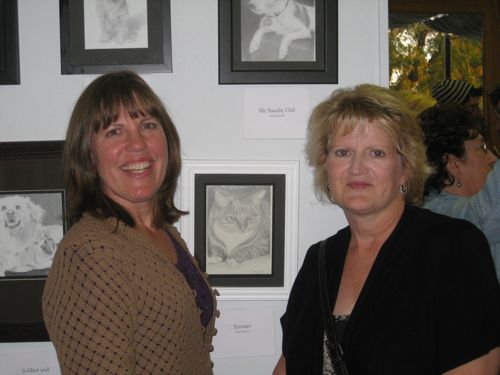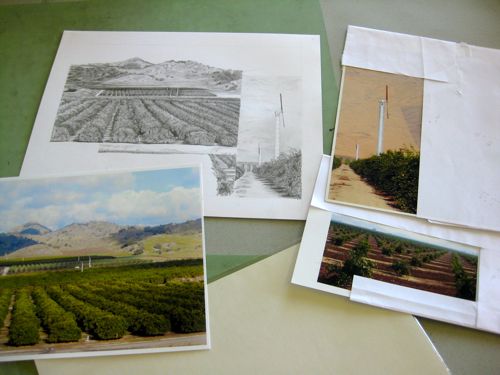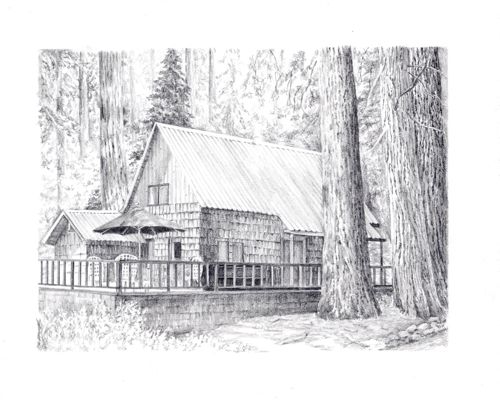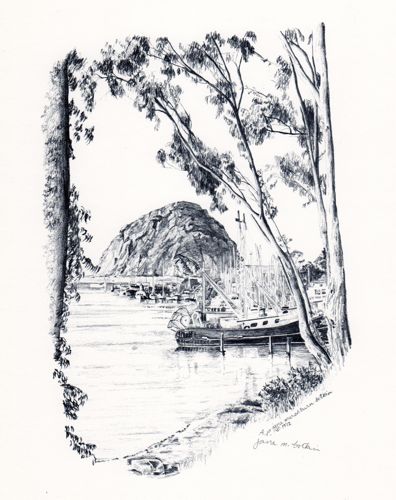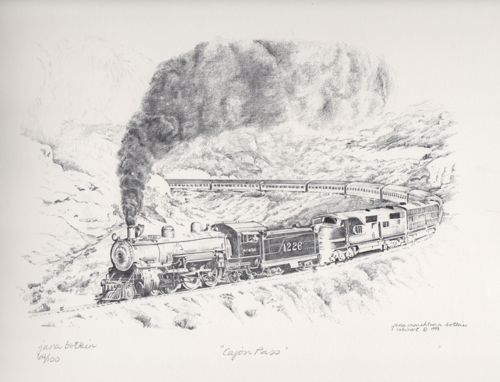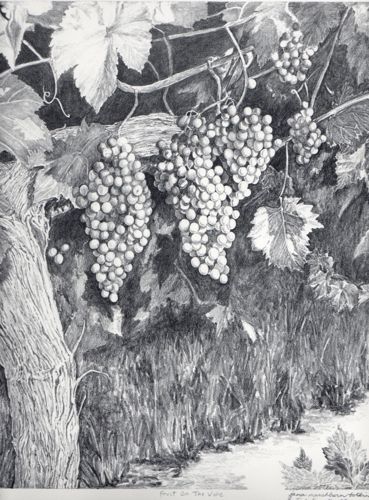The show for my drawing students is still hanging in the workshop room of the Courthouse Gallery in Exeter. Their hours are Saturday and Sunday, 10-4. You can also stop by on Tuesday afternoons. They will be removing their pieces on November 29.
One of my more blunt straightforward students said something to the effect of “a room full of yous!” That was in response to me telling her how proud I felt of my students.
That is something that I struggle with a little bit. I want to teach people how to draw. I can only teach what I know. I only know how to draw like me.
Is that bad?
If I tell fail to tell them that my style is all I know and all I can teach, if I tell them other styles are wrong, then maybe it is bad.
I have to pay attention to several things – letting them pick their own subjects even if I don’t like their choices. Drawing a creepy heavy metal band doesn’t inspire me, but helping a student draw something she loves is very rewarding. I tell each person, “Pick something you love, because you’ll be looking at it for a very long time.”
If someone wants to work from a calendar, I have to explain about the copyright laws. Ultimately, I tell that student it is his choice but he needs to know that he cannot reproduce the work. It is very difficult to find good photos of one’s own unless one has been taking photos for awhile with drawing in mind.
Sometimes a student wants to copy someone else’s work. I explain that while it is easier in some ways, in others it is more difficult. I tell the reasons and let the student decide.
When a student brings in a photo he loves, instead of saying, “Sure, go for it”, sometimes I suggest we try different cropping to see if there is a simpler way to draw the subject. In this too, I back off and let the student decide what he likes best.
There are even times I have to tell them that their chosen subject is too hard. Sometimes it is too many steps beyond the student’s current skill. Sometimes it is too hard for me to demonstrate, and sometimes it is too hard for me to draw!
Often, I provide photos for those who have none. That really makes the subject matter look like my work!
As I view the show and contemplate my pride, I realize the joy is in their accomplishments, how great stuff looks in frames, and how great it looks as a group.
Mostly, I think about how much I enjoy them and the process of helping them learn to draw.
I also have to view the teaching of drawing as a beginning of their art education, not drawing as the final goal. It has always been my Main Event, but i know it isn’t like that for everyone, even those who love drawing as I do.
